In 1999, Blogspot (i.e. Blogger) was launched as one of the earliest dedicated blog publishing tools. Since then, it has undergone acquisitions, redesign and controversial media coverage. What has remained the same is the fact that this service enables users to easily create beautiful blogs with time-stamped entries for free. Users can choose from a limited selection of easy-to-use templates; all with flexible layouts and hundreds of background images. It is easy to learn, and great for beginners and professionals alike. Why then, am I here to tell you exactly why you should avoid Blogspot?
If you are blogging for money, building authority, or branding yourself, Blogspot is not an ideal choice. The reasons for this are because you will have very limited control over your visibility in search engines, you will have restricted access to add new features, and will face further difficulties when it comes to owning your blog. It should be noted, that this is not to say that Blogger should never be used. In many cases, it can be a great platform to familiarise yourself with the blogging sphere. However, once adopted, there are no sufficient long term reasons to stay.
Here are 18 reasons why it’s not all it’s cracked up to be.
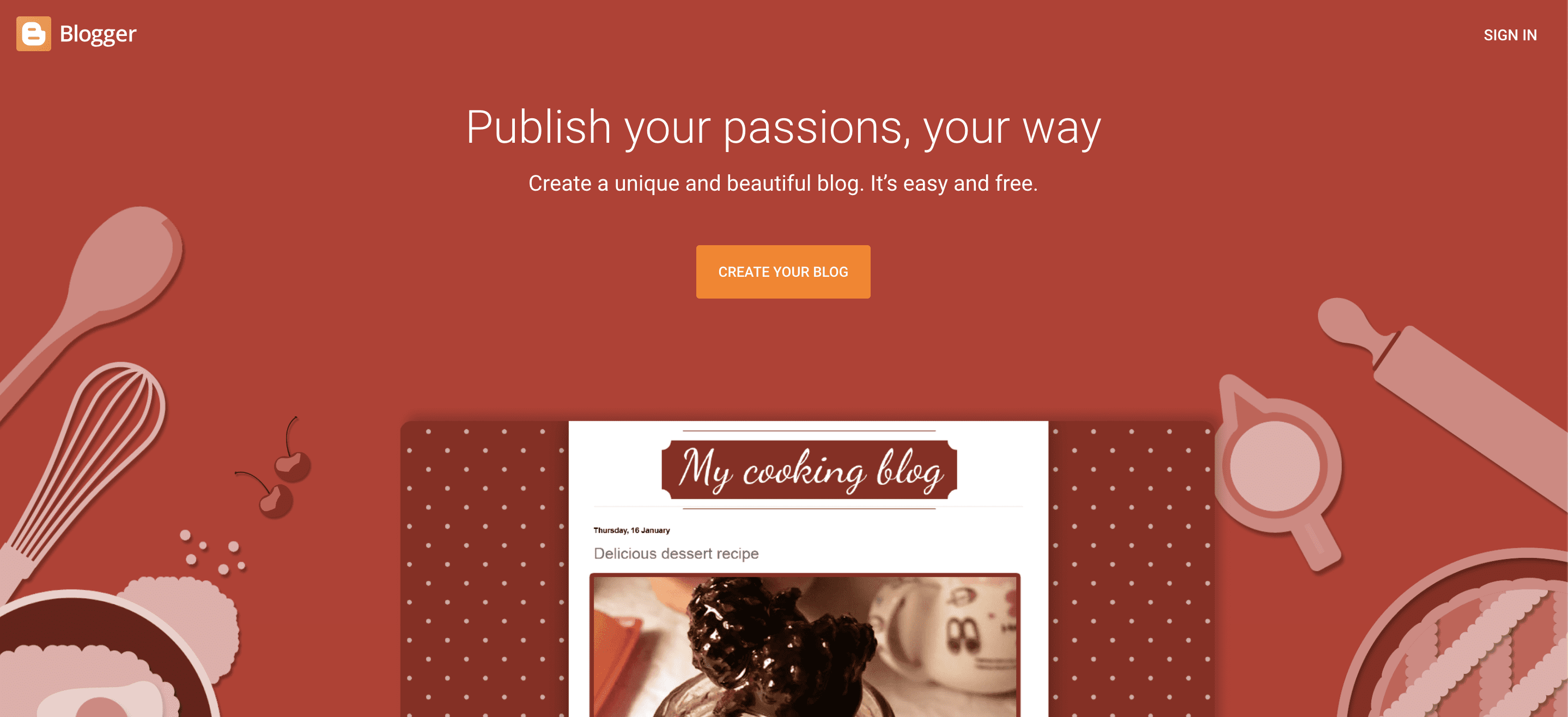
1. You will look like everybody else
Business blogging allows you to give your company a voice. You gain access to a prime platform from which to project your business ethos, updates and industry news. Whether you are a startup or an established company, each will have different motivations to blog. With almost every company across all industries currently trying to get in on the blogging action, there remains limited scope for differentiation.
This combined with the fact that most blogs will begin utilising the free service offered by Blogger, suggests that there could potentially be millions of the same subdomain name crawling the web. You inevitably look like everyone else. Your blog will lack differentiation which sets it aside from all the rest.
2. You may damage your brand’s credibility and ability to generate leads
Blogging is an essential part of your marketing mix. In fact, companies that blog get 67% more leads than those who don’t. The advantages of frequently sharing the content of high and relevant quality can see your company make its way to the top of your industry’s thought ladder. Creating and distributing blog content can have a direct result on your sales, by generating interest and converting leads. However, before it is able to do so, you must first attract potential clients and customers to your blog in the first place.
Blogspot is a free and amateur platform from which many unprofessional blogs derive. Unfortunately, the “website.blogspot.subdomain” is associated with such amateur blogs. This will do your brand no favours and may not attract the target market you need. Rather, a company who wishes to establish its brand as a serious competitor should bite the bullet and purchase your own custom domain and web hosting.
3. Oh The SEO Irony
In 2003, Blogger was acquired by Google. Being a product of Google, many expect the blogs made on Blogspot to consequently rank well. They don’t. Google ranks its results based on a number of factors, none of which include a bias toward content shared on its own features. Rather, the quality of content, its domain authority and optimised SEO, all feature in Google’s decision-making process when it comes to ranking well.
Whilst it is possible to create great content that is relevant and SEO optimised on Blogger, which will redeem your rank; one of the main factors which determine your search engine ranking is your website’s backlinks. Which brings us nicely onto…
4. Brackish Backlinks
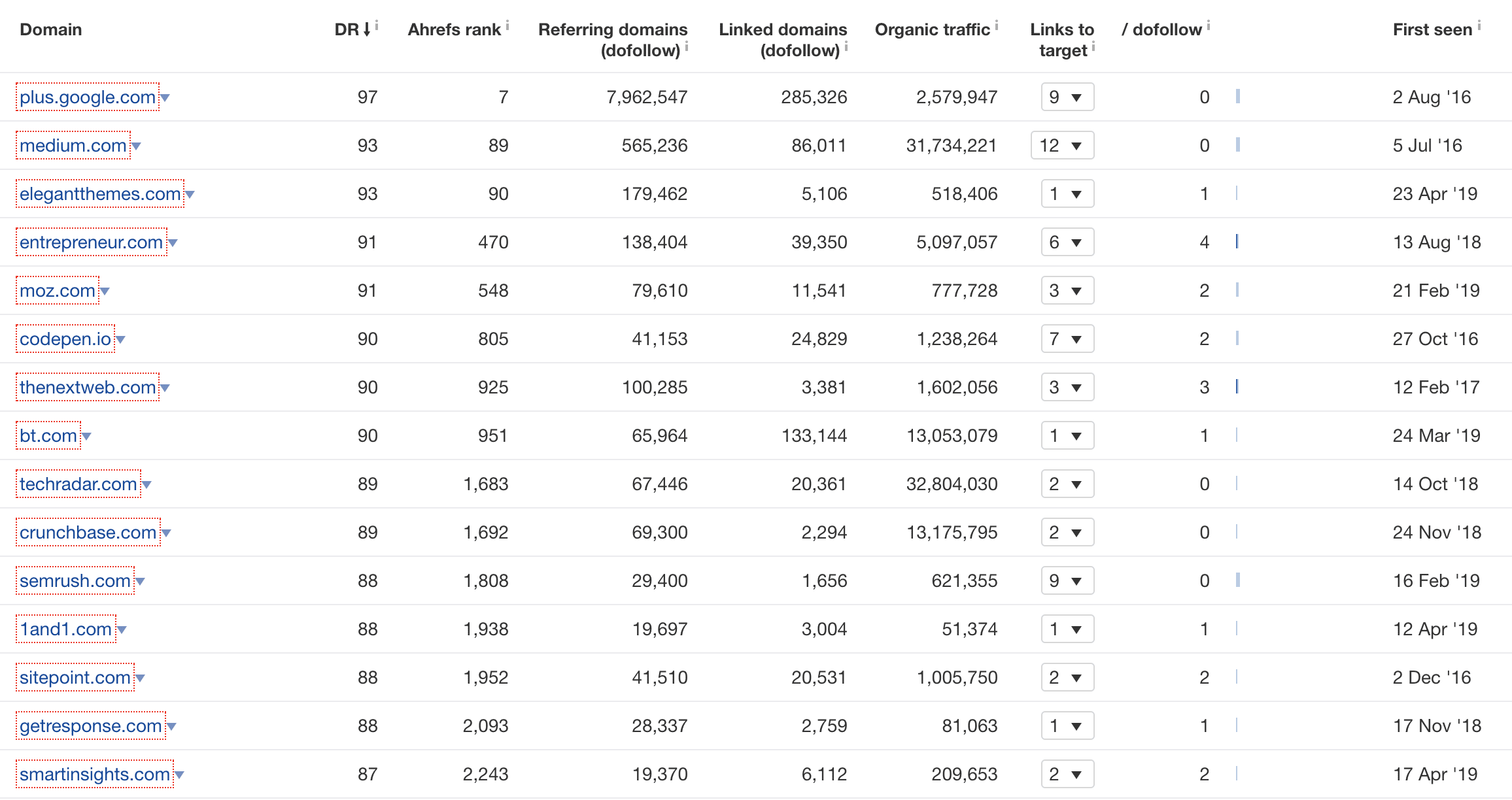
Backlinks are a pretty great source of traffic to your site. Not only do they lead people to your blog, but they are also a key metric in Google’s judgement of your site. They can either push you up to the top of the results page or miserably keep you down. Traffic, in turn, can keep you ahead of the game with regards to sales, competition and the maintenance of your blog.
Acquiring links from other websites back to yours is easy when you offer a substantial blog with material that cannot be found elsewhere. But with thousands of blogs crawling the web space with the same “website.blogspot.com” it can be difficult to distinguish the quality blogs. Bloggers are becoming increasingly sceptical about linking out in general. This ingrained scepticism combined with a blogspot.com domain is unlikely to result in a successful outreach conversion rate.
A surge of grey hat link builders have emerged, that has increased the number of free Blogger blogs surfing the web. They’re packed with irrelevant content and links to actual websites. This is an easy way to score a backlink, but this tactic could work against your blog when Google indicates your poor SEO.
5. Forgo Content Ownership
It is often the case that the content within a blog holds both sentimental and monetary value. It is personal to the individual or company who manages the blog and tells the story of the creator. Perhaps the most important consideration when managing the blog is control over its content, and it’s future.
The content of your blog is technically yours, but it resides with Blogspot. Blogspot, in turn, resides with Google. Your content is yours, but it is not owned by you. Google runs this service and has the right to shut it down, or shut down your access to it at any time.
Use a WordPress hosting provider to host your own site. You become free to decide how long you want to run it and when you want to shut it all down. You own all your content and decide what you share with any third party, and when you do it. This avenue of blogging often leads to more well-kept blogs that are updated frequently. Consequently, the quality and loyalty of readers is significantly greater.
6. Limited Customisation
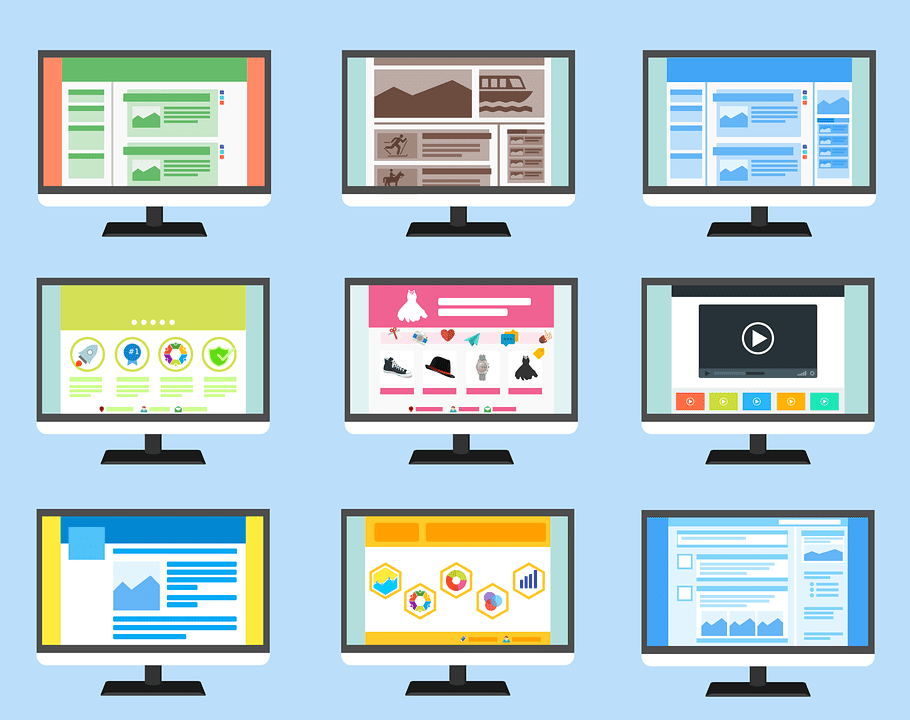
In many cases, blog design tends to be less visually pleasing than website design in general. And that’s ok. After all, the emphasis on content is more important to a blog than its design. However, if it is possible to create a beautifully designed, well-composed blog, then shouldn’t we all? Take a look at the top blogs in any niche and you will primarily see blogs with custom theme design.
Blogger by default only provides a very limited set of templates to use. Whilst users can modify the colours and layouts of these templates, they cannot create unique and personalised layouts, or make substantial modifications to existing ones. Non-official Blogspot templates can be used, but they are of low quality and are pre-existing; meaning there still lacks an element of personalisation.
Premium WordPress offers an abundance of themes which allow you to create the most professional looking website, compatible with your brand or blog interests. No matter the content of your blog, you will find plenty of quality themes that are easy to modify and customise.
7. Looking Ahead
Like most things in life, consideration for the future should be a key determinant in your decision-making process. The future of Blogspot is not looking as bright and reassuring as its major competition WordPress.Here’s why…
Service updates today are the future of tomorrow. They’re important. Today’s advanced technological climate is seeing every software and service being constantly developed and updated. A service provider who doesn’t frequently update and plan for more updates will be rapidly left behind.
Blogger has not seen any major updates in a long time. In fact, whilst the blogging world moves into an ever advanced age, Blogspot has existed in a year of total inactivity, to have entered into 2019 with a ‘spring clean’ announcement. Given Google’s track record of killing off popular services such as Google Reader, Google Adsense and the demise of FeedBurner, many suspect this ‘spring clean’ will be the finalisation of the end to Blogspot – or at least, shutting down more features.
WordPress, on the other hand, is an Open Source software, meaning that it is generated and maintained by a community of bloggers and users, as opposed to just one company – i.e. Google. Thousands of companies around the world depend on it and are actively keeping it moving. With such demand comes motivated tech engineers to consistently work on ways to update the software and create a better blogging experience.
8. Petty Picture Storage
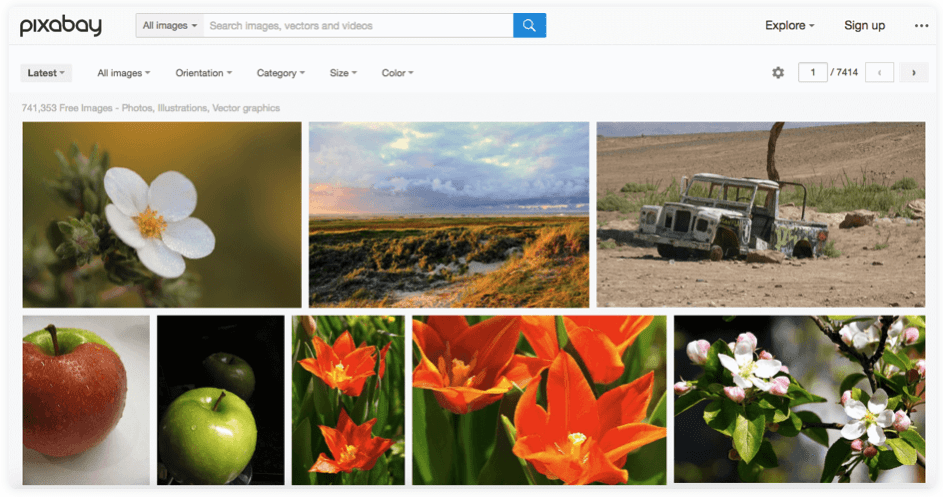
Images are an important element that can help drive more traffic to your content. A well-written article is a combination of text, images, and other multimedia elements. A visually appealing blog post is more likely to be read and shared. The importance of having enough capacity to control the images you wish to incorporate into your blog is paramount.
Blogger offers only 1GB of picture storage. The platform did have a paid option to upgrade to Google+, whereby your pictures will be stored in Google+Photos. Unfortunately, Google+ will be shut down effectively in 2019. This increased your picture capacity for your blog to 15GB of storage space shared with Gmail and Drive. If your blog content is image rich, it may be worth avoiding Blogspot altogether, in favour of an alternative, more image-friendly platform such as Instagram.
9. Lack of Support
Support is a necessary ingredient in most business ventures. It offers guidance and acts as a security net. Risks associated with blogging are minimal, given its relatively low cost and the ability to outsource content creation, which saves time. However, there is very limited support for Blogger. There exists a very basic documentation and a users forum. The lack of interactive assistance can often bring your blogging efforts to a halt, whilst you browse the doc or search for answers on the forum, where you are more likely to find other users asking the same questions.
An active community support system would solve the problem. However, as we’ve come to understand (see no.4) Blogspot seems to be in no rush to introduce new features. Thankfully, we can turn to trusty WordPress- that has adopted online documentation, community forums, and IRC chat rooms, where you will find assistance from experienced WordPress users and developers.
10. No Comment Control
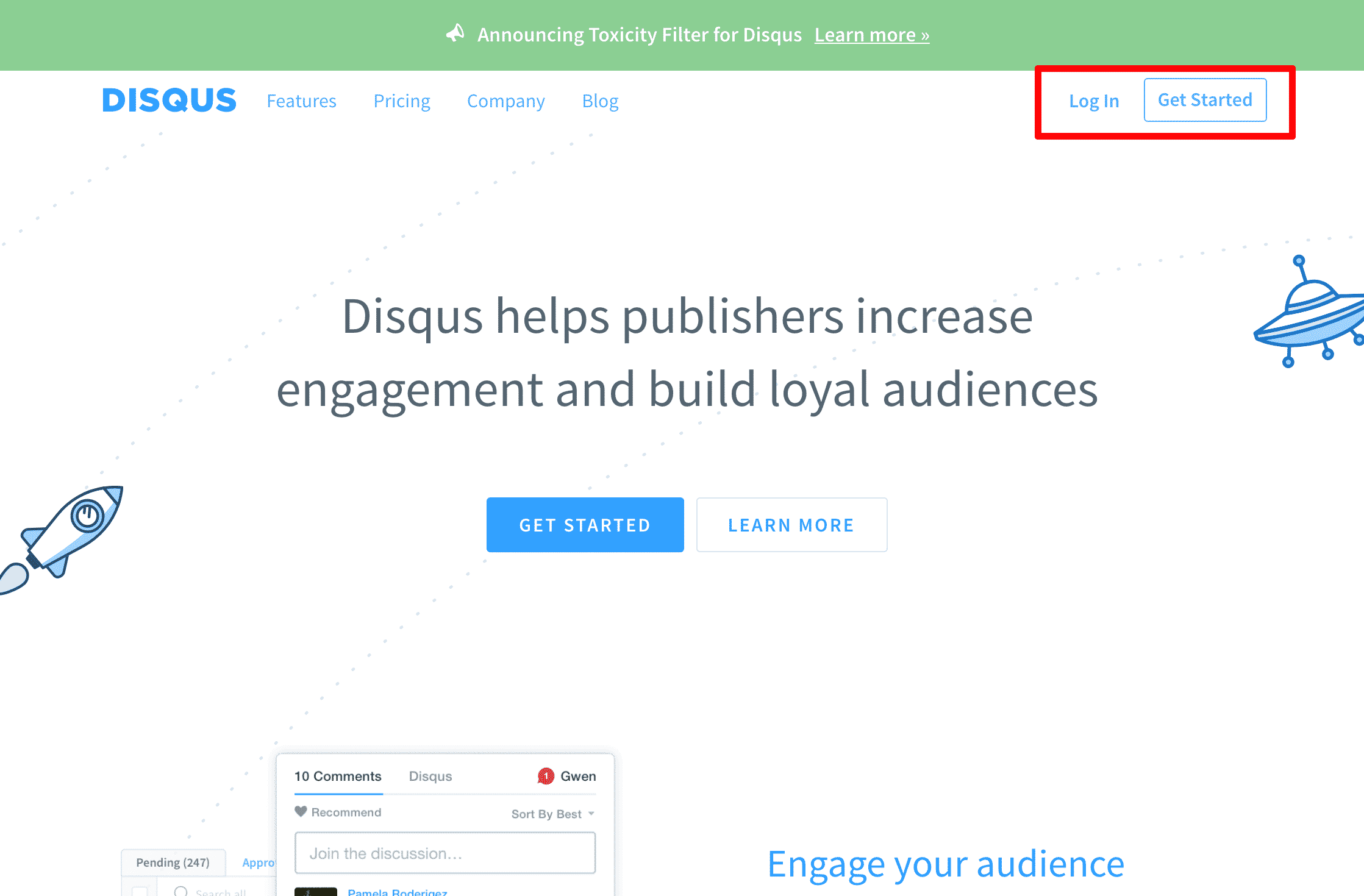
Comments exist as a big part of the success or failure of a blog. They promote reader engagement, act as a source of topic ideas, generate valuable feedback, and provide positive or negative commentary on your brand, product or idea. Consequently, retaining control of your comment section is crucial for any serious blogger.
Blogger dashboard tab with which to manage your comments is cripplingly limited. The extent of control over your comments extend to either allowing comments, or not. In order to reply to comments, there is a lengthy and tedious option of going to each individual page or post to do so. This limitation of Blogspot might seem insignificant and workable, but with alternatives WordPress, which offers extensive management functions, the question of whether to avoid Blogspot or not becomes a no-brainer.
11. Lack of Plugins; Hello Spam!
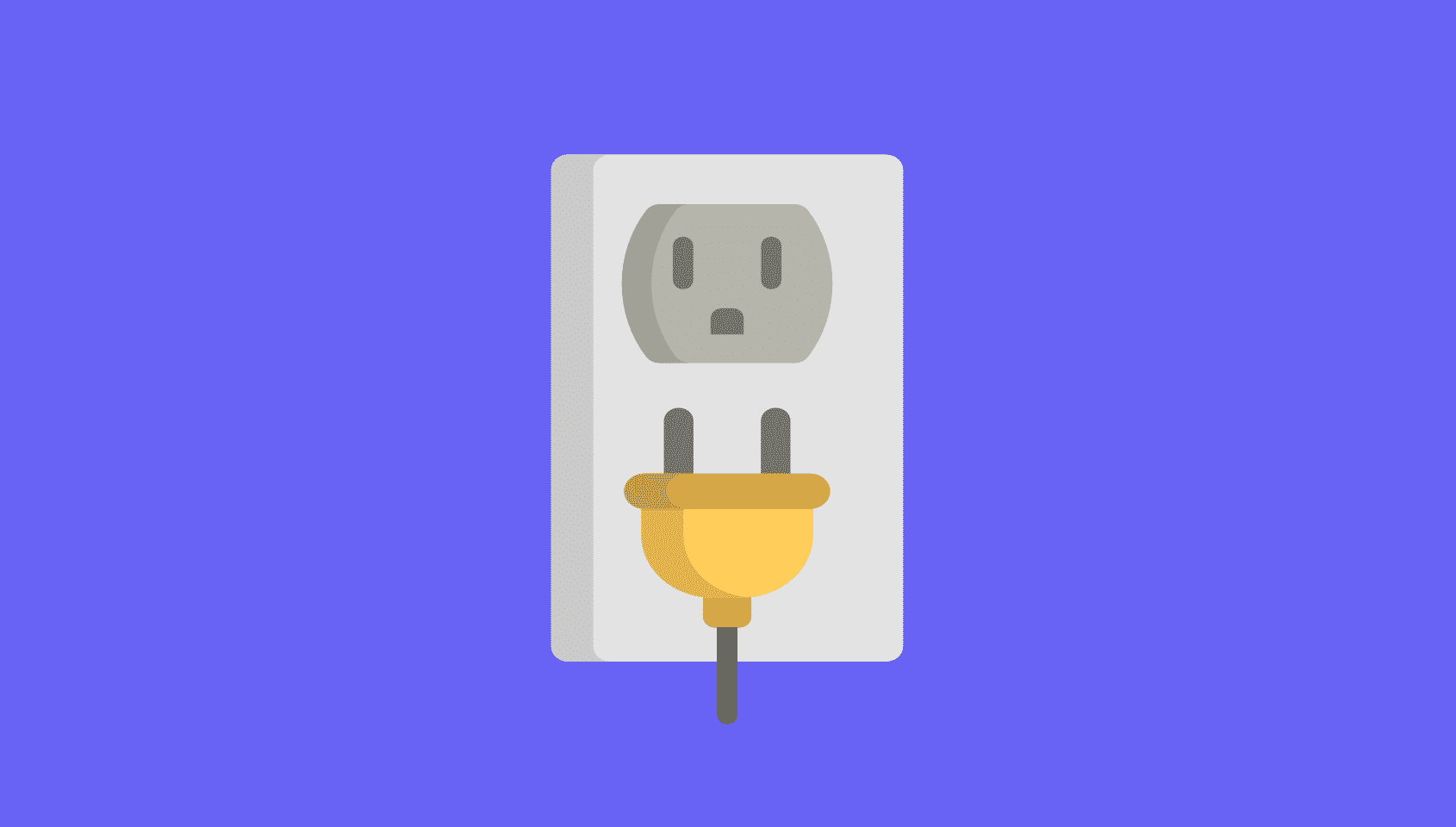
Most blogs that have comments enabled will be familiar with an inbox full of spam. Many Blogspot blogs are riddled with spam. This is because they lack the anti-spam plugins that negate it. Blogger is one of them. Amidst its lacking functions, there is the problem of spam, and this generates a whirlwind of problems that stem from this minor malfunction. Spammy backlinks can ruin a websites Google reputation. If your site is associated with those who generate spam, do not be surprised to find that no one will willingly link to your site.
Alternatively, platforms such as WordPress offers users the ability to control this. As a WordPress user, simply log in as an administrator, click ‘plugins’ and locate the ‘Stop Spammers plugin’, install it and utilise a blog free of spam. Blogger, in this regard, is most suitable for the building of simple blogs for personal use.
12. Account Limitations
One would have to assume the reason you start a blog in the first place. Whether you are an individual or a company, your reasons for blogging will most likely centre around your personal or company profile. Most blogs include some form of information that tells the reader who the author is and why they want to share this information.
Blogger has in place, some clear limitations as to how a Blogspot account is formatted. Upon creating a subdomain, your “about me” section on your account profile page is limited to only 1200 characters, and “info and hobbies section” 2000 characters. Not to mention that the blog description is limited to a maximum of 500 characters.
If you have more to say than what 1200 characters would allow, which is more than likely, you have the choice to continue to create an incomplete blog on Blogspot or go elsewhere with fewer limitations and more freedom to maximise your blog’s potential.
13. Page Size Limitations
On average, content that consistently ranks well with Google is above 1,800 words long. The importance of having the capacity to create quality content at ease is reflective of the fact that Google ranks, in part, by this measure.
Blogger limits page sizes at 1MB. To put this into context, a single image of decent size may well easily eat up to a quarter of that megabyte. The options in the case of Blogspot, are to add hindered pages of text, dividing them between pages. However, users are not permitted to list more than 100 posts on a single page. Further, you can only create 20 pages on Blogger.
Alternatively, avoid these hassles all together and utilise other blogging platforms with minimal page restrictions.
14. Subpar Blogger App
Mobile apps are a great way to keep on top of your blog. Add to or adjust your content whilst you’re on the go. Experiencing a moment you want to share with your readers there and then, post it there and then.
The good news is, there is an app for Blogspot. The bad, it isn’t great. Whilst it is functional on smartphones and tablets, composing a draft is slow and it turns out that inserting images is not as simple as the website. Don’t let this dull your blogging flare, there are alternative blogging platforms such as AppPresser, which helps to convert any WordPress site into a mobile app.
15. No Upgrades
The ability to upgrade to a more advanced version of a service being is important to allow the users to utilise such advancements if necessary. Many bloggers criticise Blogspot for not having a paid option to make use of more advanced functions.
Granted, this is not the be-all and end-all of blogging. But it could be perfectly functional if it incorporated all advanced features that other blogging platforms have to offer. This gives rise to questions of cost. If Blogger wants to remain a free blogging service, they will have to introduce a new paid option to keep it somewhat in line with alternative blog publishing tools.
16. Goodbye Google+
Once upon a time, the functionalities of Blogspot were enhanced by its direct link to Google+. It was an add-on to your Google account. Both services are products of Google, and Blogger users were able to create a Google+ profile, which acted as a social media platform on which to share content. There was an option to link accounts within the Blogger users dashboard.
Google has a long history of killing its products, and in April 2019, we can say goodbye to Google+. Understandably, this has caused Blogspot users to be apprehensive about their position on the platform. Without Google+, things will change, and perhaps not always for the best.
If you created your Blogspot with a Google+ profile, you will have to make manual changes to your account. The switch from a Google+ account to a Blogspot one, will see changes to your screen name, access to Google+ widgets such as “+1 Button”, “Google+ Followers”, and “ Google_ Badge” will no longer be available in your layout. Causing more damage, if you checked the box to use the Google+ comment system for your blog, all comments will disappear and cannot be retrieved.
17. Blogger Not-So-Dynamic Views
Blogger’s last major update in 2011 included the introduction of Blogger Dynamic Views. These are basically different types of blog templates, that display posts from your blog feed. They look good but haven’t been as successful as some may like to think.
Firstly, Dynamic Views have virtually been used by every Blogspot user. Your blog will look no different from those half a million blogs who have set Dynamic Views as their default template. This is not the look you should be going for if you are hoping to differentiate your brand.
More critical yet, Dynamic Views are not SEO friendly. Google spiders can only read text (and image alt tags). They cannot adequately detect images, videos, flash and javascript. Further, comments in your blog are hidden unless clicked on. Comments are hidden to spiders and are therefore less likely to detect lots of content in your comments, which may include keywords. Most of the traffic to blogs us largely dependent on the comments left by readers.
Additionally, users are unable to add blog logos or favicons to the headers of blogs. This essentially strips all Blogspot blogs of any identification and personalisation. Once again, this feature has failed to fulfil the needs of those seeking to establish their brand or grow authority.
18. Simply Because There are Better Alternatives

Finally, if the previous 18 reasons fail to warn you of the pitfalls of Blogspot, perhaps knowing a little bit more about what you can achieve elsewhere will do the trick. A non-exhaustive comparison between Blogger and WordPress will highlight both the importance of having access to advance blogging tools and the reasons why Blogspot does not live up to the standards of its competition.
Blogspot (Blogger):
- You rent your site, Blogspot owns it
- How committed is Google in sustaining it?
- “Ugly” domain name
- 1MG free storage
- Limited customisation
- Lack of plugins available WordPress:
WordPress:
- Open Source. You own your blog
- Registered own domain name
- Payment includes domain and unlimited space
- Full control and freedom to modify
- Thousands of designs and thousands of plugins available
This article was not intended to give an out of context negative review of Blogspot, but rather to shed some light on the inconveniences of one of the most popular blog publishing platforms, and to highlight possibilities that are attainable elsewhere.
Blogspot (Blogger) FAQ
[sc_fs_multi_faq headline-0=”h3″ question-0=”What is Blogger?” answer-0=”Blogger is a free blog-publishing platform owned by Google. The service allows users to create simple blogs and host them on a subdomain of blogspot.com.” image-0=”” headline-1=”h3″ question-1=”What is Blogspot?” answer-1=”Blogspot (often referred to as Blogger) is a free domain service provider owned by the same company – Google. Blogs that are built using Blogger are normally hosted on a subdomain of blogspot.com.” image-1=”” headline-2=”h3″ question-2=”What is the difference between Blogger and Blogspot?” answer-2=”Blogger and Blogspot are essentially the same. While Blogger is the platform you can use to build a blog, Blogspot is a free domain service where you can host your Blogger blog. Both are owned by Google.” image-2=”” headline-3=”h3″ question-3=”Blogger (Blogspot) vs WordPress: Which one should I use?” answer-3=”Blogger (Blogspot) is great if you’re looking to build a simple blog. On the other hand, WordPress is a CMS (Content Management System) that offers greater functionality and customisation.” image-3=”” count=”4″ html=”true” css_class=””]

